Summer is the best friend of poison ivy, oak, and sumac. When the weather is hot outside, people spend more time in the great outdoors, which means more people accidentally running face first into some poisonous shrubs, leaves, and vines. If that sounds like you, instead of suffering through the itch or spending money on expensive pharmaceutical solutions, try some of these home remedies out.
Why You Get a Rash from Poison Ivy, Oak & Sumac
For all three, urushiol is the culprit behind those itchy rashes and blisters, and you can actually get infected year round, not just in warmer months. The urushiol oil can be found on the leaves, stems, and even in the sap of roots and vines in these three Toxicodendron flowering plants — even during winter months.
Urushiol oil can stay active on any surface it touches for up to five years, and it's only getting more potent thanks to climate change.
Though reactions vary, about 80–85% of people are allergic to urushiol oil, while a lucky 15% or so are immune to its toxins. So a red, itchy, blistering rash from poison ivy, poison oak, or poison sumac is an all too common skin affliction for most of us.
Fortunately, like mentioned earlier, there are various home treatments we can try in our bout with Urushiol-induced contact dermatitis, aka Toxicodendron dermatitis, and they can be found in our medicine cabinets, refrigerators, and cupboards.
Protection from Poison Ivy, Oak & Sumac
What's that saying? The best defense is a good offense? Well, in the case of poison ivy, poison oak, and poison sumac, this is certainly the case. Being proactive when it comes to protecting yourself from these plants — and the urushiol oil within and on their surfaces — can possibly save you from weeks of itchiness. These measures may not be 100% foolproof, but they can definitely help minimize your chances of getting a prolonged rash.
- Protective clothing: Long-sleeve tops, pants (versus shorts), boots, and gloves can all help in preventing the urushiol oil from making contact with your skin and setting off the allergic reaction.
- Tools and gear: Urushiol oil can remain active for up to five years. Being colorless, the oil may be on the surface of a tool or a piece of gear and you won't even know it — until you get a rash 12 hours later that is. To help avoid such scenarios, clean camping tools and gear using rubbing alcohol and/or soap and water (and while wearing disposable gloves). You don't want to bring the urushiol oil home with you.
- Pets: While running or walking in the woods, pets can also pick up urushiol oil on their fur. When you go to hug them, that oil transfers to you and a poison ivy, oak, or sumac rash isn't far behind. You can't stop them from exploring, but be mindful that their fur can become a carrier for the oil. An oatmeal bath when you get home is a good idea.
- Identification: Perhaps the best offense though is to familiarize yourself with what the plants look like. (See below.)
As the Centers for Disease Control and Prevention (CDC) says, western and eastern poison ivy combine to cover the entire US, with the exception of California, Alaska, and Hawaii. Meanwhile poison oak primarily grows along the western United States and in the southeast. Poison sumac is abundant along the Mississippi River and is common in boggy areas of Southeastern US. To identify these plants, look for:
Poison Ivy
Grows on the ground as a vine; eastern poison ivy can also sometimes grow as a shrub. It has three leaves and is usually green, though it turns red in the fall.
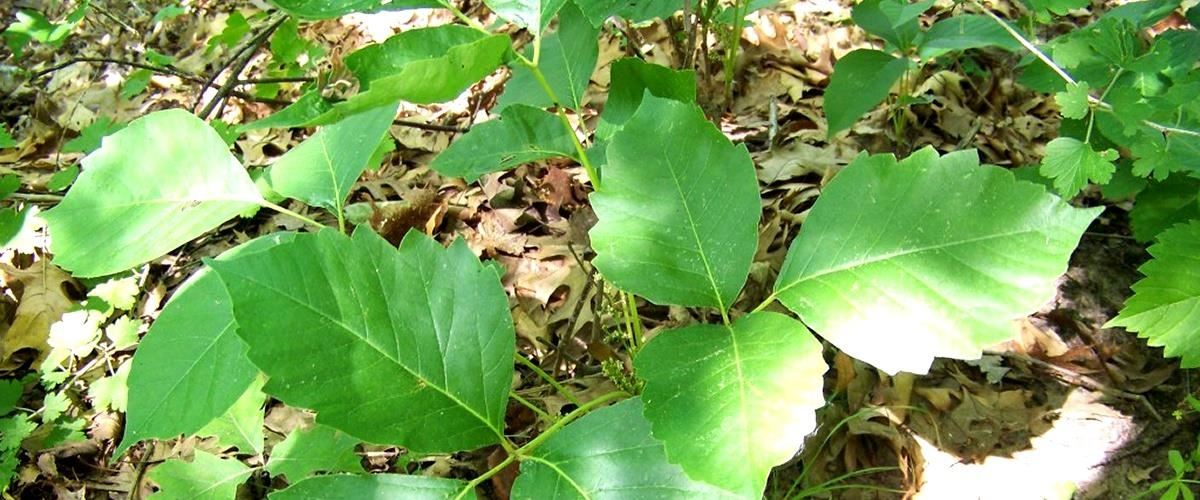
Poison Oak
Grows as a shrub and a vine, both on the ground and climbing. Like poison ivy, poison oak also grows with three leaves, though these leaves are rounder. Poison oak may also have flowers (green) and berries (green-yellow).

Poison Sumac
Grows as a shrub with 7–13 leaves arranged in pairs on its stems. The shrub may have berries that look glossy with pale yellow or cream color. The leaves typically have black or dark brown spots, and in autumn, the leaves can turn red, yellow, and pinkish.

Home Remedies for Toxicodendron Dermatitis
The moment you notice an itch that may be due to poison ivy, oak, or sumac, wash the area thoroughly with soap and water. While the urushiol oil has already made contact with your skin, the first step to countering it is to clean it off. Afterward, you can apply some quick DIY remedies instead of paying for calamine lotion or corticosteroids, among other items.
1. Medicated Body Powder & Rubbing Alcohol
This DIY method uses some simple off-the-shelf ingredients. For this treatment, you'll need:
To try, simply clean the afflicted area, dry it thoroughly, then spread a layer of rubbing alcohol over it using a cotton swab. Next, sprinkle the body powder over the alcohol to create a "paste" of sorts. Continue to rub this paste on the rash until it's completely covered, then wrap it with gauze. This will keep the area clean and dry, while also helping to alleviate some of the itchiness. With the gauze, you won't be able to directly scratch and tear the skin.

2. Bananas
Or, more precisely, the inside of a banana peel. This remedy is actually an old wive's tale, but its effectiveness is quite real.
The inside of the banana peel can help dry up a patch of skin infected with urushiol oil, and by doing so, help soothe the urge to scratch. For this remedy, you'll rub the inside of the peel on the irritated area, and keep it there for at least 15 minutes; Repeat two to three times a day. Some will swear it can clear up a rash in less than a week. Also, don't let the banana go to waste! Time it with a snack.

3. Potato or Oatmeal Paste
Bananas aren't the only food you can use to treat a poison ivy or poison oak rash though — potatoes and oatmeal can also work in a pinch. Potatoes are often used to treat inflammatory conditions, such as sunburn, and oatmeal is well known for its soothing ability (thanks to its antioxidant, anti-inflammatory compound avenanthramides).

For this remedy, you'll also want to create a paste to rub onto the irritated skin. For oatmeal, simply mix a batch. For potatoes, use a mixer or blender to grind the vegetable up until it gains the consistency of a paste. For oatmeal, you can also sprinkle the oats into a bath for a soak.
4. Vodka or Vinegar
Shifting to beverages, you can also try a high-proof alcohol, such as vodka, in place of rubbing alcohol to sterilize the rash and help prevent infection. Skin that is scratched creates tiny openings that can quickly introduce bacteria into the body. Applying alcohol will help clean the irritated area and wash away the urushiol oil. If no vodka is on hand, vinegar will also work to temporarily relieve the itchiness.

5. Coffee
And finally, one more beverage that can help counteract a nascent poison oak or ivy rash is coffee. A cup of cold, black java is a common, proven DIY remedy for itchiness and is based on the chlorogenic acid found in coffee beans, an anti-inflammatory ester. To try this method, simply pour (cold) coffee onto the rash. You can also try soaking a cloth and applying it to the inflamed area, keeping it in place.

The American Academy of Dermatology says a rash from poison ivy, oak, or sumac usually clears up in a few weeks. These DIY remedies, simple and quick, can prove a great relief while waiting for the rash to subside. For a serious reaction to urushiol oil, please see a doctor for treatment.
Just updated your iPhone? You'll find new emoji, enhanced security, podcast transcripts, Apple Cash virtual numbers, and other useful features. There are even new additions hidden within Safari. Find out what's new and changed on your iPhone with the iOS 17.4 update.
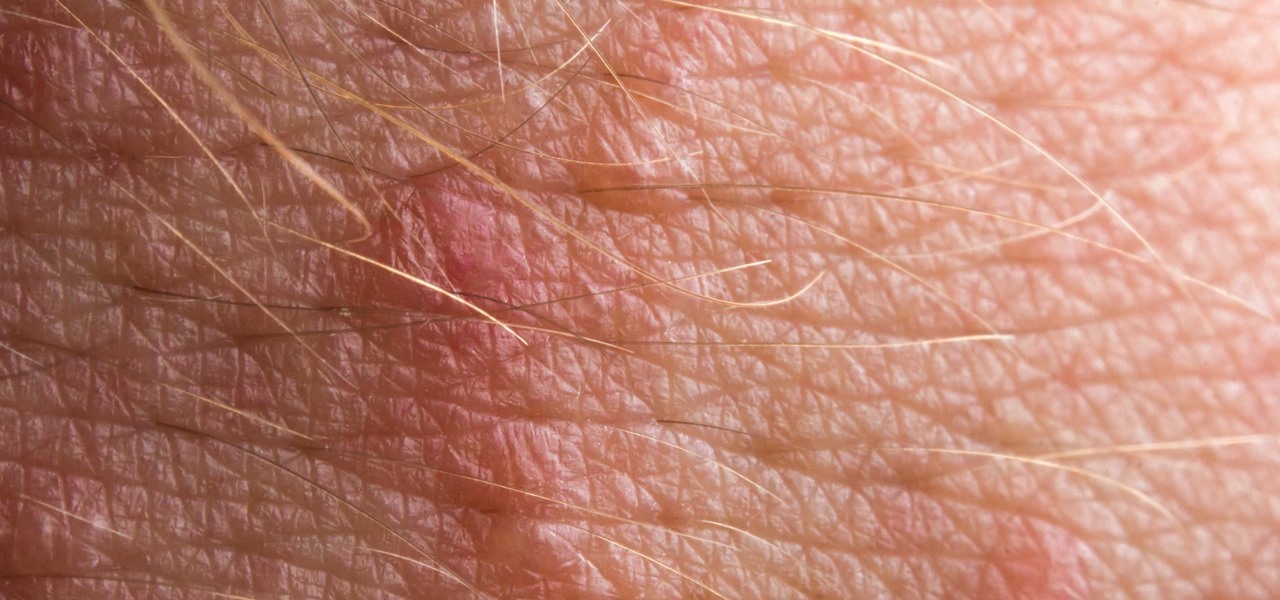



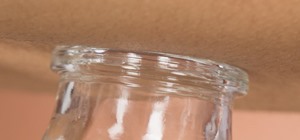
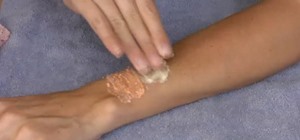
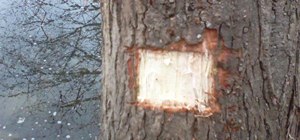

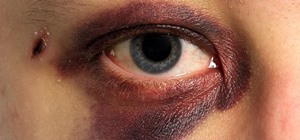



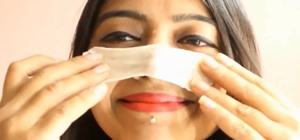


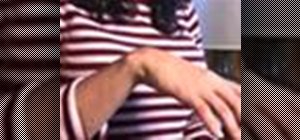

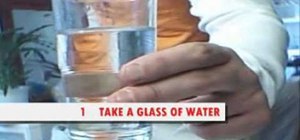





19 Comments
A friend discovered that a minor case can be cured quickly by swimming in a chlorine pool! The water takes the oil off, but dilutes it so no one else can be affected. The chlorine dries the rash, and the cool water soothes the itch. She found that one nice soak is sufficient to cure her smaller rashes!
Great tip!
Ok here is how you get your poison oak gone as quick as possible. This works especially well if it's too late and you already got it bad. First you take Fast Orange hand cleaner cover yourself with it let it sit for a couple minutes shower off and get 91% or better rubbing alcohol spray all over infected area and then spread extra strength gold bonds and there you have it the best home remedy there is. And no matter what avoid scratching. Follow those instructions and it's gone in two or three days. As far as I'm concerned it works better than anything you can get from a doctor including steroids
Mr. Harris, thank you for sharing. I had the misfortune of getting poison oak from my 9 month Labrador retriever. First day had an allergic reaction which covered over 40% of my body. Benadryl helped to reduce the swelling and sleep through the first night and I went to my doctor, who prescribed steroids which also helped.
But was amazed with my results after following your suggestions. As you had stated, after three days I experienced significant improvement and was less miserable than previous occurances.
We take Sasquatch Itch Cream camping with us because, as you know, nothing really short of cortisone really makes the rash resolve any faster. So we use this to help manage the itch and let the poison oak run it's course. It's like fighting fire with fire, as it is formulated to work on the nerves that carry the itch to the brain. Be careful though because it was too strong for our 4 year old until we mixed it with Dove cream. Tiger Balm also does the same thing by the way but smells horrendous.
the best way I've ever known of curing Poison Ivy, Oak or Sumac is to take a dip in the ocean. The salt water dries up the rash in a couple days. However- if you don't live near the ocean- that may be a problem.
LOL! That just figures. I am COVERED with rash right now and live about 4 blocks from the ocean. Right now we have red tide though, so if I did that, I'd wind up smelling like dead fish and have a respiratory infection too! Just my luck!
I've heard of people putting straight bleach on the blisters to dry them out- I imagine that is very painful- but they told me it is the best way besides going to the doctor for a shot.
I've also been told that the rash won't "spread" but I know it does as I had a serious poison sumac rash while in GA in the field for a week- it started on my neck & being in the heat & sweating is spread down my entire left side- I would imagine this was because I was not in a situation I could wash and cleansed the oil off the affected area & it traveled down. Needless to say it was so bad I required medical attention.
Straight bleach burns. Dawn dish soap (original) is just as effective because it dissolves the toxic oils -(chemistry like-dissolves like) with nontoxic oils. dries up and helps prevent spreading. Same way it cuts thru grease and oil spills it cuts plant oil, which is what causes the reaction
Dawn is really the best because it cleans and stops the spreading of the oil. When you wash with dawn you also get the oil out from under your nails, the oil gets under yournails and spread to a new spot when you scratch.
Peroxide also works wonders, i've tried this first hand after a bicycle accident where i flipped in to a poison ivy patch, i didn't kno it was poison ivy because it was dark out, i started to realized it was poison ivy when i got home because i was becoming very itchy. next morning i had bumps and rashes all over so i grabbed the first thing i seen which was peroxide and poured it on. poison ivy dried up fast and I continued on with my life.. Peroxide is what i use now for my children when they come into contact with the plant... and i dont use it alot seeing im surrounded by the plant. where i live the poison ivy floats in the air in the beginning spring during pollination and things could get bad... if you let it
I have been battling a Poison Sumac for 2 weeks . I had no clue as I picked my tomatoes I was brushing up against this wicked 5 leaf plant for a whole week . I have it on most of my body but the bumps are tiny and drying out now finally . II discovered that taking a hot shower and washing off with dish liquid is awesome and letting my skin air dry no towels I found although it feels so good but you spread it that way trust me. I also wipe off with alcohol soaked cotton balls .Steroids don't do well with me and if I can avoid the shot I will . I was lucky this time but I now know what to do if exposed again and I more than likely will since I'm surrounded by woods .
BLUE DAWN DISHSOAP next time!!!!!
Everything depends on timing. IF you get to the Dawn within a few minutes of exposure it would work. After 5 or 10 minutes, not reliably.
We live near acres of poison ivy with 4 young boys. We learned the hard way what works and what does not. Recognized fast, rubbing alcohol, hand sanitizer or soap is OK. But the real problem is later recognition. We have had reasonable long term and repeated success with spermicidal jelly (yes- nonoxynol 9 is a very good solvent), mineral spirits, acetone, and starting ether. For pure convenience ND SAFETY we have a large CONTAINER of mineral spirits in the garage at all times, and the kids are now old enough to rub themselves down on suspicion. When in doubt, wash it out.
Rhus Toxicondron and Dawn
I find that beer and regular vinegar mixed together can create a wash that kills the oils if you find out you touch poison ivy/oak. It also helps to kill the rash.
I mix equal parts of beer and Vin. put it on, rub gently, leave it on for a good few mins than wash it off with regular soap..
I can walk through the stuff and not break out in any rash, but my family can't get 5 ft of the stuff without breaking out. So, I found a mixture that helps them not break out, or clear a breakout..
I live in a poison oak Forest. It's crazy how much is here. I get the stuff almost weekly. I don't use toxins on my skin and I keep it under control ..step one...I shower in cool water when I get done working. That's not in a panic the second I think I've touched it, it's when I finish.
I use glycerin soap.
whenever I do develop the rash, it's usually after I've done something like sit down on the plant or worked pulling the junk out of my garden, etc.
On those occasions I get the rash...I use my loofa or scrbber to pop all the blisters I can. I find if I leave those blisters, the allergic reaction spreads. I don't think it's more urushiol....I think my skin just freaks out from The irritation.
And here is the key:. After I air dry a while, I take the glycerin bar and rub it on.The rash for a few seconds. I don't rinse it off.
It makes my skin a little dry, but it dries up the rash and I move on.
If I've gotten a lot of urushiol, I may have to do that once an hour, but by the end of the day, I am fine again.
For me, the key is to act each and every time blisters form. Some people say never scratch them....I say scratch away but only in the presence of soapy water.
Do you do the same if it's on your face?? I've gotten it all over my neck and arms
I use automotive brake cleaner on a rag .it evaporates very quick but dissolves the oils instantly
Share Your Thoughts